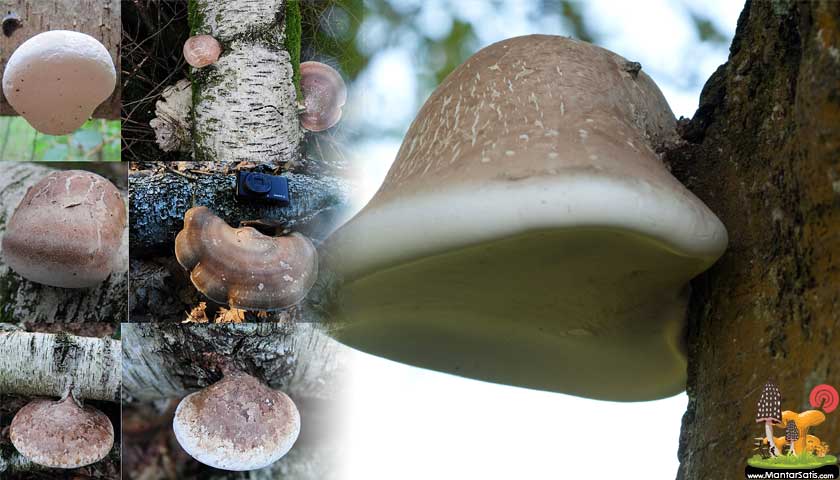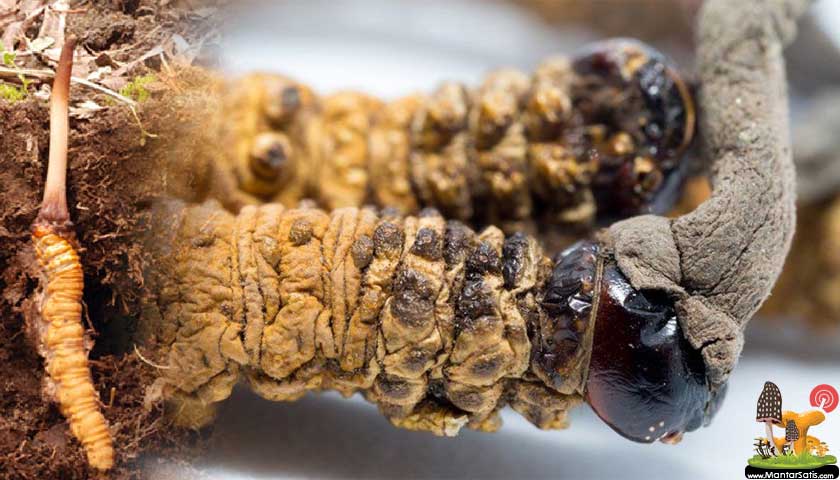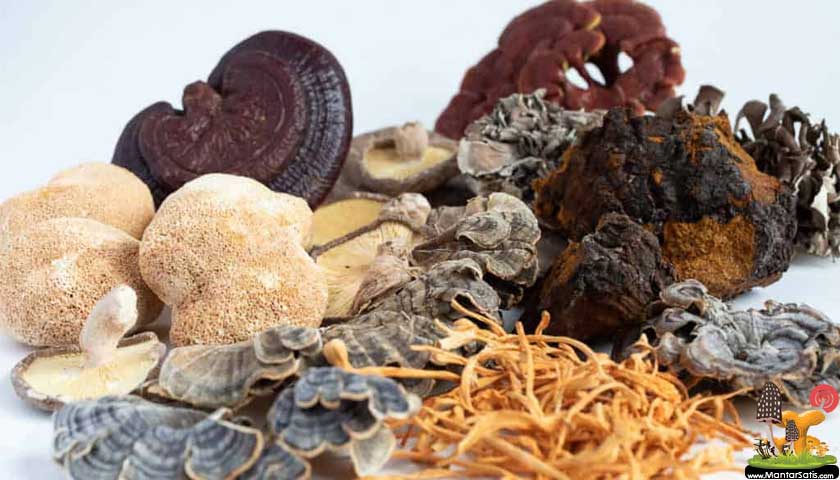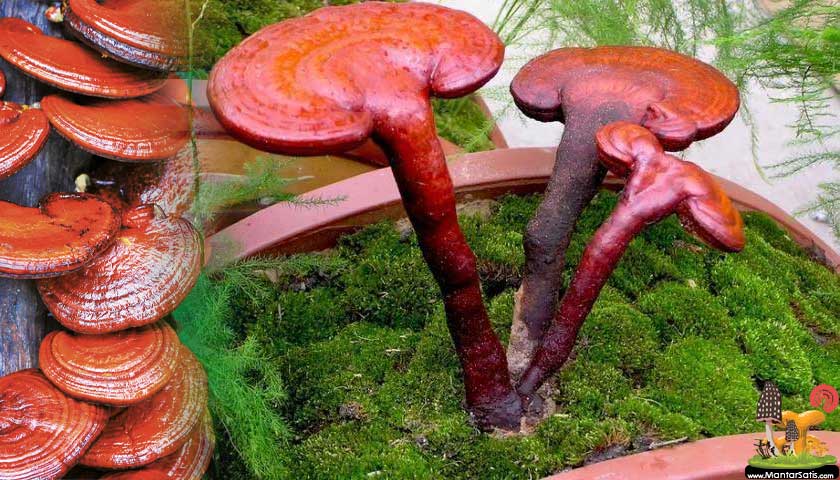Huş mantarı
Huş mantarı (Piptoporus betulinus), Fomitopsidaceae ailesinden, genelde çürümüş ağaçlarda, özellikle Huş ağacında yaşayan çürükçül bir ağaç mantarıdır. Yüzeyi açık kahverengidir, yaşlandıkça koyu kahveye dönüşür. Yenmez.
Asya, Avrupa ve Amerika`da Huş’un bulunduğu her yörede yaygındır. Üreme organı yarım şapka şeklinde ya da böbrek biçiminde olup öne doğru uzamıştır. Gövdeden 7-12 cm uzaklıkta olup 8-25 cm genişlikte ve 2,5 cm kalınlıktadır. Arkaya doğru sap şeklinde uzanır. Şapkanın rengi açık gri esmer ya da soluk esmer sarımtıraktır. Üst tarafı çıplak, yaşlandıkça çizgili ve kalkık pullarla örtülüdür. Alt tarafı düz, borucuklar sarı beyazımtırak ya da esmerdir. Borucuklar 2-4 cm uzunlukta olup delikçikler köşeli ve düzgün değildir. Genç mantar etli, yumuşak, daha sonra mantarımsı ve kurudur.
Çeşitli huş türlerinde hem öz, hem de diri odunda zarar yapar. Hastalık normalde dal ve tepelerde başlar ve aşağıya doğru ilerler. genç ve iyi gelişme gösteren gövdeler diri odunlarında bu hastalığa karşı direnç gösterirler.
Bushcraft Medicinal Mushroom Piptoporus Betulinus
Fomitopsis betulina
Fomitopsis betulina (previously Piptoporus betulinus), commonly known as the birch polypore, birch bracket, or razor strop, is a common bracket fungus and, as the name suggests, grows almost exclusively on birch trees. The brackets burst out from the bark of the tree, and these fruit bodies can last for more than a year.
Taxonomy
The fungus was originally described by Jean Bulliard in 1788 as Boletus betulinus. It was transferred to the genus Piptoporus by Petter Karsten in 1881. Molecular phylogenetic studies suggested that the species was more closely related to Fomitopsis than to Piptoporus, and the fungus was reclassified to Fomitopsis in 2016.
The specific epithet betulina refers to the genus of the host plant (Betula). Common names for the fungus include birch bracket, birch polypore, and razorstrop fungus.
Description
The fruit bodies (basidiocarps) are pale, with a smooth greyish-brown top surface, while the creamy white underside has hundreds of pores that contain the spores. The fruit body has a rubbery texture, becoming corky with age. Wood decayed by the fungus, and cultures of its mycelium, often smell distinctly of green apples. The spores are cylindrical to ellipsoidal in shape, and measure 3–6 by 1.5–2 μm.
Fomitopsis betulina has a bipolar mating system where monokaryons or germinating spores can only mate and form a fertile dikaryon with an individual that possesses a different mating-type factor. There are at least 33 different mating-type factors within the British population of this fungus. These factors are all variants or alleles of a single gene, as opposed to the tetrapolar mating system of some other basidiomycete species, which involves two genes.
It is considered inedible.




